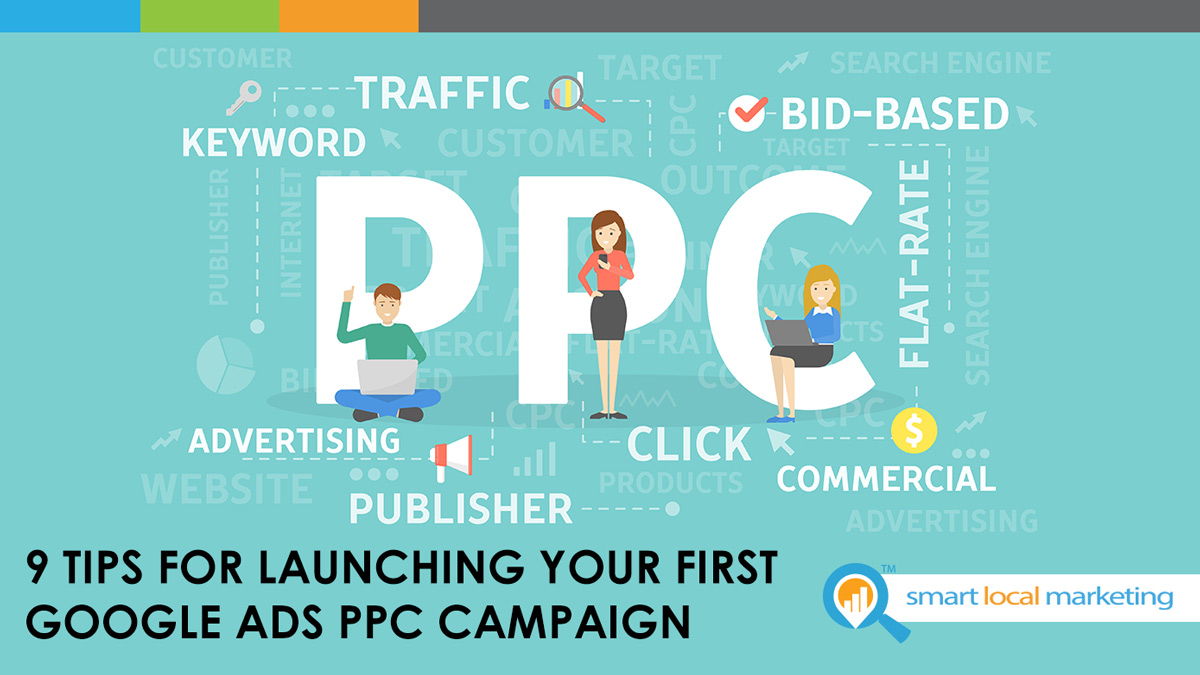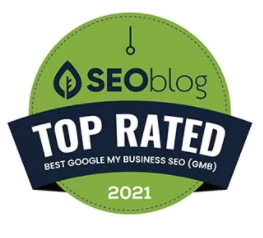
If you want to search for something online, you “Google” it. While Google wasn’t the first search engine, it has become the most valuable. In fact, the company boasts over 267 million unique visitors and a whopping 61 percent of the market share.
As a small business, you can leverage Google’s massive reach to help customers find you. However, while search engine optimization is a valuable tool, it can take a while to see results. Google Ads, however, is much more robust and allows you to get feedback almost immediately.
So, with that in mind, here are our top tips for launching your first Google Ads PPC campaign.
1. Define a Clear Goal
If you’re unfamiliar with the “pay-per-click” marketing process, it’s exactly how it sounds. You pay the platform (i.e., Google) every time someone clicks on your ad. The PPC strategy has become one of the best options for companies of all sizes because it has such a remarkable ROI. If a user clicks on your ad, chances are that they’re interested in what you’re selling.
That said, PPC ads can cost a lot, and their ROI is not guaranteed. We’ll discuss strategies for capturing a bigger audience, but the first step is to create a specific campaign goal. Do you want to expand your reach and raise brand awareness? Or are you selling a particular product? Perhaps your PPC ads can be related to a time-sensitive sale.
Whatever your goal may be, make sure that it’s specific enough so that your ads are laser focused. If a post is too broad or vague, no one will click on it, and the few that do will likely not buy anything.
2. Do Your (Keyword) Homework
Keywords are the foundation upon which SEO and PPC marketing succeed. If you’re not utilizing the right keywords, you might as well not bother with Google Ads at all. However, keyword research is more than just picking a handful of words related to your business. Thankfully, Google Analytics can provide you with top-ranking keywords, including long-tail versions.
For example, if you sell dog toys, some long-tail keywords could be “toys for German Shepherds,” “squeaky toys for French Bulldogs,” and so on. In most cases, ranking for longer keywords will help gain traction since you can capture a specific market. The term “dog toys” is too broad, so you want to narrow your field.
3. Use Negative Keywords Too
If you’re unfamiliar with the term, “negative” keywords are words that will exclude your ad from searches. For example, if you only sell dog toys in Los Angeles, you don’t want to pop up in searches in New York. So, you could put “New York” as a negative keyword.
Realistically, your negative keyword list shouldn’t just be locations. For example, if you sell high-end products, you may want to eliminate your ads from searches with the word “cheap.” Including negative keywords can narrow your focus further and help ensure that each click is more likely to lead to a sale.
4. Check Out the Competition
During your research phase, you should type in the keywords you want to sell for and see what pops up. Look at competitor’s ads and dissect them.
Do the ads make you want to buy? If so, what makes them so compelling? What can you do to make your ad more engaging than theirs?
Look at your competition as if you were a customer, and you’ll get valuable insight into what will make your campaign shine.
5. Know Who You’re Selling To
The whole point of Google Ads is to appeal to people searching on the platform. So, you need to get inside their head and understand what will appeal to them the most. If someone is searching for squeaky toys for a French Bulldog, that tells you a couple of things.
First, that they likely want to buy a squeaky toy and that they have a Frenchie. So, an ad featuring a French Bulldog playing with a squeaky toy will probably resonate more than a generic ad that just shows the toys.
The best thing to do is to create buyer personas for each batch of keywords. From there, it’s much easier to craft compelling ads that will get user’s attention and inspire them to click. Overall, it’s better to find a niche than to try and sell to everyone. Ads that are too broad will get lost in the shuffle.
6. Know the Difference Between “Search” and “Display” Ads
The primary version of Google Ads is the “search” ad. In this case, when someone searches for a particular keyword, your ad pops up. Display ads, however, operate differently. Have you ever bought something online and then started seeing ads for it everywhere you go? That’s an example of display advertising. Google can keep track of a user’s habits and enable you to post ads on various platforms to keep your brand in their mind.
Both types of ads are valuable, but they serve different purposes. Search ads are highly targeted and should focus on a specific call to action. Display ads are more generalized and designed to promote brand awareness. So, while a search ad may have a unique dog toy, a display ad shows your company as a whole.
7. Optimize Your Landing Page
When a user clicks on your Google Ad, they’re taken to a landing page. You need to keep that momentum going by ensuring that your landing page is fully optimized. Use these tactics to get the user to take the next step (i.e., buying a product).
- Build Landing Pages for Each Ad – Don’t use a generic landing page for all your ads. If someone wants to buy a toy for a French Bulldog, seeing a landing page with other dog breeds can seem confusing. This strategy does take more work upfront, but it yields better results.
- Don’t Put Too Much Information – Unless your ad promised “more information” about a topic, you want to keep your landing pages as simple as possible. If the ad promised a specific toy, the landing page should show it front and center. You can try to upsell similar toys or products, but the call to action should be “buy this toy!” Otherwise, users may get confused and leave.
8. Test Different Ads and Analyze the Results
Even if you think you know your audience, your ads may not be as captivating as you like. Sometimes, the right picture or phrasing can make a huge difference. So, to maximize your ROI, you should promote two versions of an ad and see which one gets the most clicks. A/B testing is valuable because it allows you to refine your message to get the best results. Otherwise, you may never know why an ad performs poorly.
Thankfully, Google Analytics makes it easy to see results for quick adjustments.
Another part of this phase is to try out various ad copy. The wording can make or break your marketing, both in the ad itself and your landing page. If necessary, hire a professional copywriter to get the best results.
9. Don’t Blow Your Budget
As we mentioned, Google Ads can get expensive quickly if you’re not careful. Budgeting is a crucial part of the process, and you need to get it right. If your budget is too low, you could wind up with a meager ROI. However, if it’s too high, you could spend too much before figuring out which ads work best.
Ideally, you’ll have a modest budget during your testing phase, and then you’ll increase it once you determine the ads that get the most traction. However, don’t be afraid to adjust your budget based on results. For example, if no one clicks on your ads during the week, but you get a massive surge on the weekend, you can adapt accordingly.
Do You Need Help Managing Your Google Ads? BizIQ Is Here to Help
Although Google Ads are highly valuable for your business, starting a new campaign is a lot of work. Why not let the PPC experts at BizIQ handle the details so that you can focus on serving your latest batch of customers? Contact us today at (888) 416-9800 to get started!









